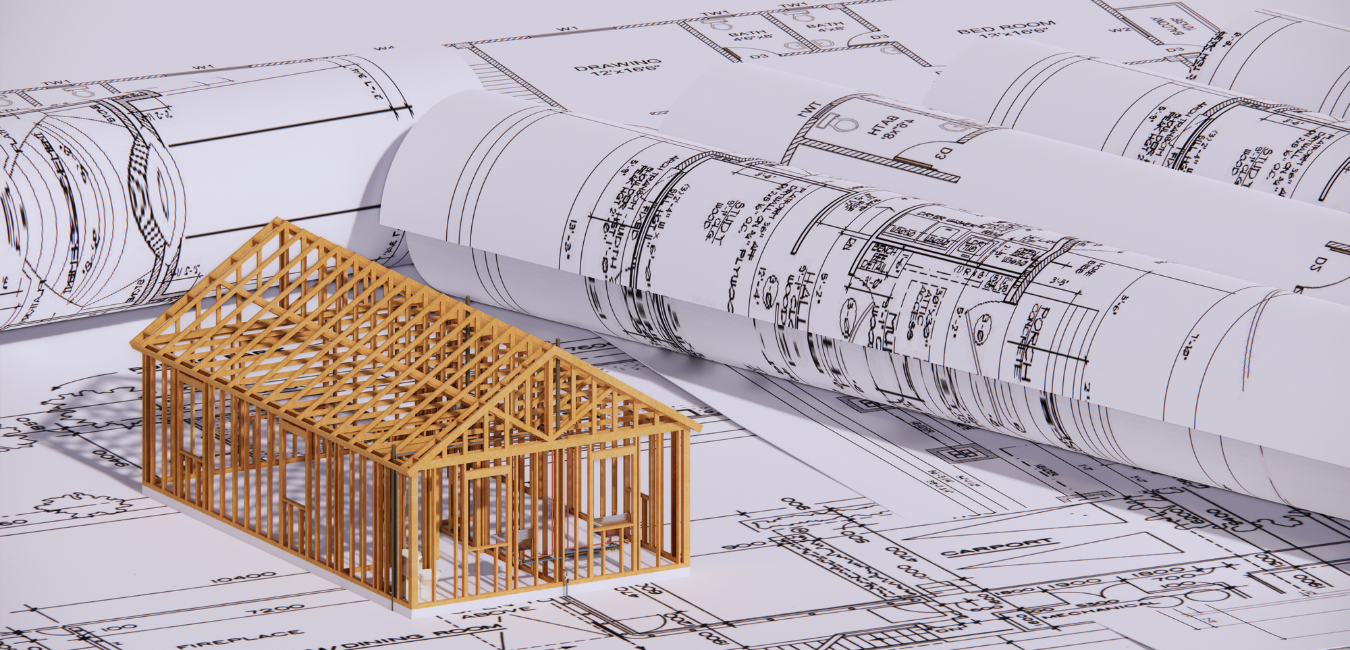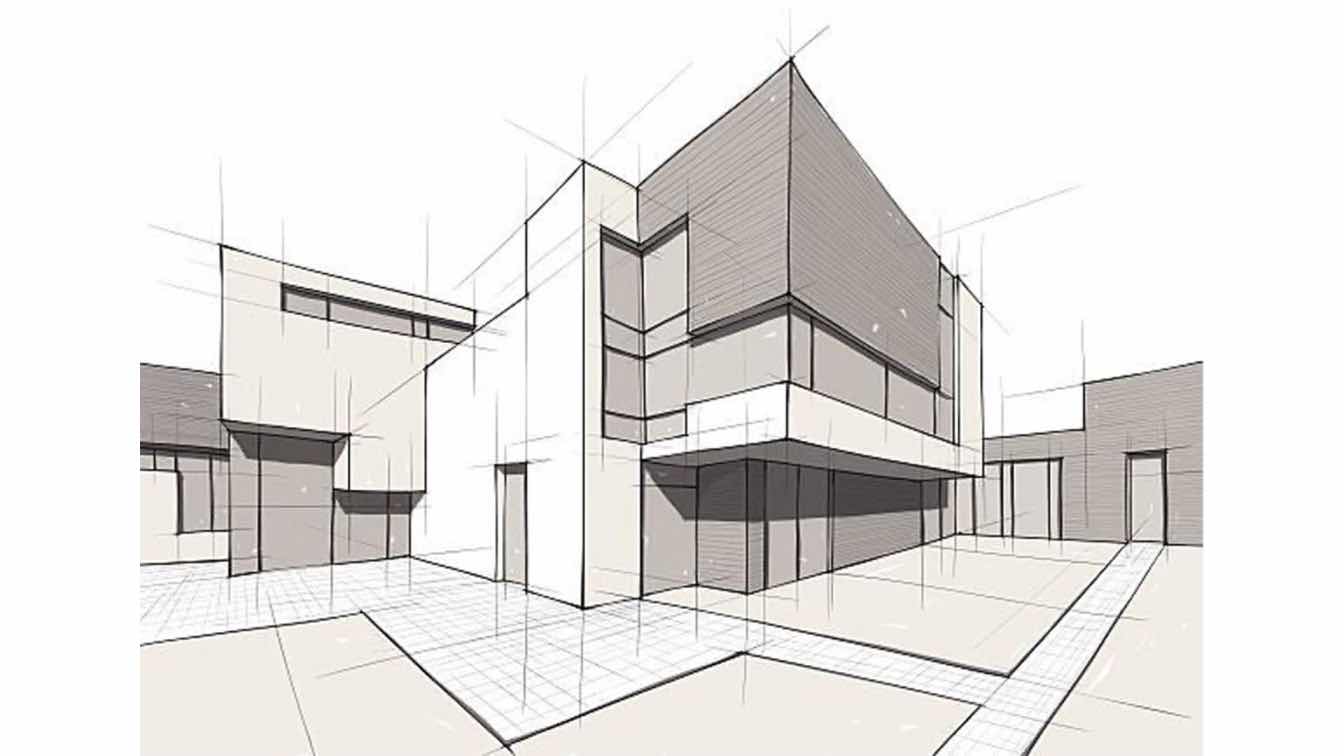Discover Innovative Layouts with Leading CDA Architects for Your Following Project
Discover Innovative Layouts with Leading CDA Architects for Your Following Project
Blog Article
A Detailed Summary of Building Styles and Their Impact on Modern City Preparation and Development
Building styles have long offered as a mirror to the societal values and technical developments of their time, playing a crucial role fit modern-day city planning and development. From the splendour of Neoclassicism to the practical approach of Brutalism, each design has actually introduced special concepts that affect urban aesthetics and functionality. As modern challenges arise, including sustainability and community needs, understanding these historic structures comes to be essential. The resulting discussion not only educates future style practices but also raises relevant inquiries concerning the balance in between heritage and advancement in our progressing urban landscapes.
Historical Summary of Building Styles

As cultures transitioned through the Middle Ages, Gothic architecture emerged, characterized by its verticality and elaborate outlining, mirroring the spiritual ambitions of the age. The Renaissance noted a revival of timeless ideals, merging art and architecture in ingenious manner ins which affected succeeding styles across Europe.

Today, building styles continue to advance, driven by globalization and sustainability concerns, mirroring a vibrant interaction in between heritage and advancement. This historic introduction emphasizes the importance of architecture as a mirror of social advancement and as a catalyst for metropolitan growth.
Key Architectural Styles Explained
The variety of building designs shows the myriad impacts that shape our developed environment, each personifying distinct qualities and social relevances. Trick building designs include Timeless, Gothic, Baroque, Innovation, and Postmodernism, each representing distinct historical contexts and aesthetic approaches.
Timeless style, rooted in ancient Greece and Rome, emphasizes balance, proportion, and making use of columns (cda architects). On the other hand, Gothic style, growing in the Center Ages, is defined by pointed arcs, ribbed vaults, and flying buttresses, developing an angelic high quality in basilicas. Baroque style, arising in the 17th century, is marked by majesty, fancy embellishment, and a vibrant interaction of light and darkness
Innovation, which got momentum in the early 20th century, focuses on function over form, making use of brand-new products like steel and glass to develop minimal frameworks. Postmodernism, reacting against the austerity of Innovation, embraces eclecticism and historic referral, frequently incorporating lively aspects and irony.

Influence On Urban Preparation
Fit the advancement of cities, architectural designs dramatically affect metropolitan planning decisions. The selection of building style commonly dictates the appearances, capability, and general character of city atmospheres. Modernism, with its emphasis on minimalism and performance, encourages open rooms and the combination of technology, forming city designs that focus on effectiveness and availability. Conversely, standard designs might highlight historic conservation, resulting in city designs that preserve social heritage and advertise pedestrian-friendly settings.
In addition, building styles can impact zoning regulations and land make use of policies. Urban organizers need to consider the prevailing building fads when creating districts, guaranteeing that brand-new advancements integrate with existing frameworks. This consideration promotes cohesive urban landscapes and boosts neighborhood identification.
The execution of certain building designs can likewise affect socioeconomic aspects within a city. For instance, high-end contemporary designs may bring in affluent locals and businesses, causing gentrification, while much more inexpensive housing solutions might prioritize practical and lasting designs to suit diverse populations. Inevitably, the interaction in between architectural styles and city preparation develops vibrant cities that reflect both historical context and contemporary demands, shaping the lived experiences of their inhabitants
Sustainability and Modern Style
Building designs play a additional info crucial function in dealing with modern challenges, especially in the world of sustainability. As city locations expand and ecological issues magnify, modern-day architecture significantly welcomes lasting style concepts that focus on power performance, resource conservation, and marginal eco-friendly impact.
Contemporary architectural movements, such as biophilic design and environment-friendly architecture, advocate for frameworks that harmonize with their environments, utilizing all-natural materials and promoting biodiversity. These designs commonly include renewable power sources, such as solar panels and wind generators, to minimize dependence on nonrenewable fuel sources and lower carbon footprints.
Furthermore, the integration of sophisticated modern technologies, such as wise structure systems, enhances energy monitoring, enhancing resource usage while making sure owner comfort. Ingenious water monitoring techniques, consisting of rainwater harvesting and greywater recycling, more add to sustainable urban settings.
Significantly, sustainability expands beyond environmental issues; it incorporates social and financial measurements too. By cultivating community health and promoting inclusivity, modern architectural styles line up with sustainable development objectives. Consequently, the development of building methods remains to shape durable cities that not just meet the demands of the existing but likewise secure the future for generations to find.
Neighborhood Engagement in Design
Area involvement in design functions as a crucial bridge between designers and the populations they serve, guaranteeing that the constructed environment mirrors the requirements and desires anonymous of its users. This joint procedure welcomes area members to contribute their insights and choices, cultivating a sense of ownership and duty toward the areas they inhabit.
Effective area involvement employs different approaches, such as workshops, studies, and public discussion forums, to gather varied perspectives. These strategies promote a two-way discussion, enabling architects to comprehend neighborhood contexts while equipping homeowners to articulate their worries and wishes. This inclusivity not just improves the layout top quality however additionally advertises social equity by attending to the special challenges encountered by marginalized groups.
In addition, neighborhood engagement can bring about innovative solutions that could not arise in a conventional layout procedure. By integrating local knowledge and social worths, architects can create spaces that resonate more deeply with individuals, improving usability and sustainability. Inevitably, prioritizing neighborhood interaction in style processes leads to environments that support social communications, support health, and strengthen area connections, therefore playing an essential duty in forming modern-day metropolitan landscapes.
Final Thought
Architectural styles have profoundly influenced contemporary city preparation and advancement, showing progressing cultural and technical contexts. The assimilation of historical aesthetics with contemporary needs fosters urban environments that focus on sustainability and area involvement. As cities remain to expand and adjust, the recurring discussion in between architectural heritage and modern style concepts will remain important in producing comprehensive, vivid spaces that improve quality of life and advertise social equity. The future of metropolitan development rest on this unified balance.
Report this page